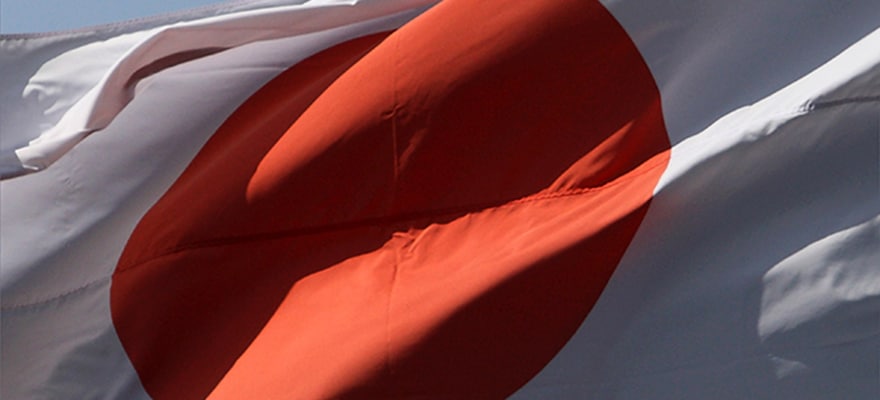The Financial Futures Association of Japan (FFAJ) has published its second quarter 2018 results for member activity. During the three months from April to June, the regulator saw a decline in members and that translated to declining trading volumes, with quarter-on-quarter declines experienced across most sectors.
The FFAJ is a self-regulatory body established in 1989. It was created to govern the Japanese futures market. By the end of the second quarter, the watchdog had 141 members – three less than it did at the end of the last quarter.
During the second quarter, members of the regulator traded 16,632,485 on-Exchange contracts. This is 2,253,177 or 12.39 per cent less than the previous quarter. Overseas on-exchange contracts saw the biggest loss - 13.72 per cent or 1,160,056 contracts.
For over-the-counter (OTC) domestic contracts, the results were also lacklustre. In the last quarter, ¥11.7 trillion ($105.5 billion) worth of contracts were traded. This is 13.42 per cent more than the second quarter, where ¥10.1 trillion worth of contracts were traded.
Trading volume by instruments: FX gives a small ray of hope
Taking a look at the trading volume by instruments, the number of on-exchange domestic futures interest rate contracts fell by a notable 34.1 per cent, from 1,078,409 contracts in the first quarter of 2018, down to 710,637 this quarter.
Heading overseas, the number of futures interest rate contracts traded by members of the Japanese regulator unsurprisingly also fell by 13.83 per cent in the second quarter to reach 6,350,771 contracts. Options contracts didn’t do much better either, with the number falling to 840,523 contracts in the second quarter. This is compared to the previous quarter, where 7,369,933 contracts were traded. This represents a fall of 18.53 per cent.
For foreign exchange domestic contracts, the decline in trading was somewhat less painful. During the second quarter, members traded 8,623,653 futures contracts, in comparison to the first quarter where 9,449,002 were traded. Whilst this is still a decline quarter-on-quarter, it is only down by 8.73 per cent. The volume of margin Forex contracts was also down quarter-on-quarter by the exact same percentage - 8.73 per cent.
Forex overseas futures contracts did provide some hope in an otherwise disappointing quarter. Total traded contracts for the second quarter were 105,751. The first quarter, on the other hand, only saw 52,134 contracts traded, which represents an impressive 102.84 per cent increase. For the same category, the options contracts were down quarter-on-quarter by 74.30 per cent.

















